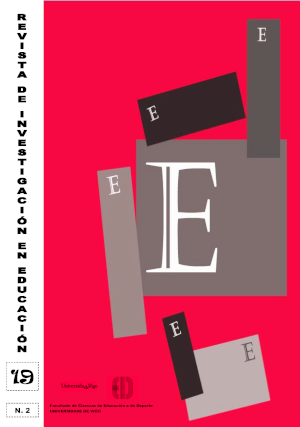Design thinking of content for mobile devices for children with Down syndrome
DOI:
https://doi.org/10.35869/reined.v19i2.3675Keywords:
Design Thinking, Children, Down SyndromeAbstract
Design Thinking, also known as design thinking, is a user-centered methodology, which is oriented to offer solutions by breaking down a problem into small parts to analyze it, explore it, test the results and create solutions that benefit the end user, which is the central axis of attention. Many people suffer from genetic alterations, such as Down syndrome, which have a slower learning rate, so review techniques are used using pictograms, drawings or videos, which help them better retain the key concepts and instructions that make up the task. In this research with a mixed approach, a didactic tool for mobile devices was developed, following the Design Thinking methodology, with the aim of supporting the learning of children with Down syndrome, through content designed for their needs, which help to improve their academic performance. Data collection was done through observation, interview, and review of records. This didactic material allowed us to see how the contents designed for their specific needs served as reinforcements to appropriate the information in an entertaining, dynamic and friendly way, helping to improve their academic performance.
Downloads
Downloads
Published
Issue
Section
License
The acceptance of the papers for publication, means that the printing and reproduction rights are owned by the journal. The conditions of use and reuse of content are those established in the Creative Commons CC BY-NC-ND 4.0 license.



